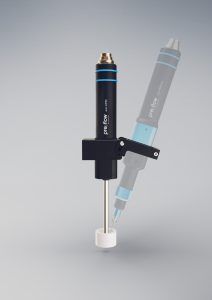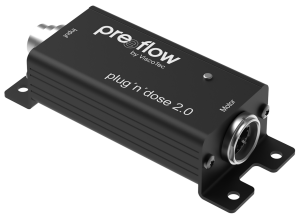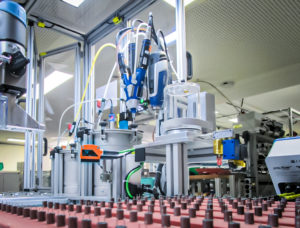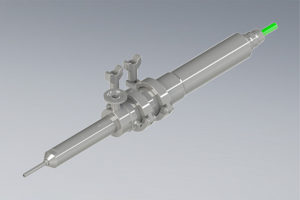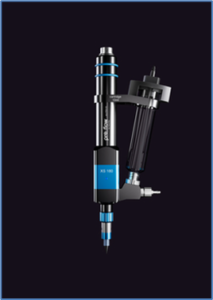Dynamic Mixing: Future Drive Monitoring and Control
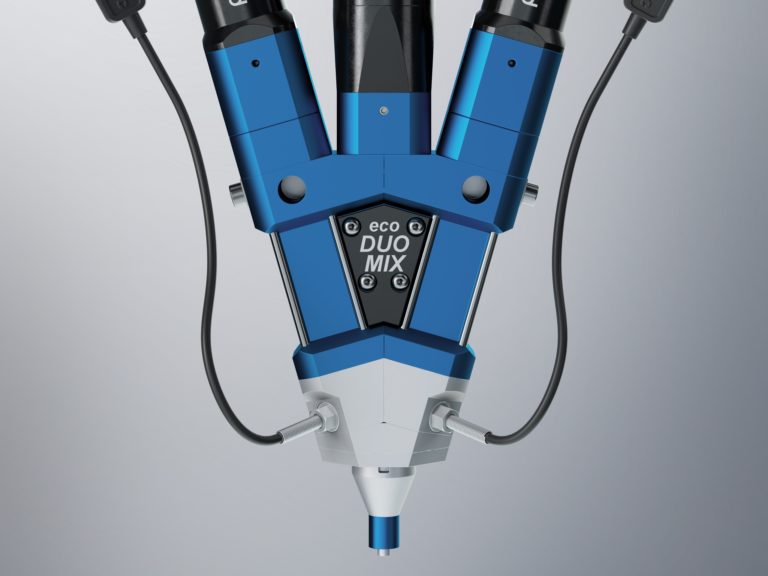
The eco-DUOMIX with the pressure sensor flowplus-SPT M6. (Image source: ViscoTec Pumpen- u. Dosiertechnik GmbH)
There has recently been a technical update. New features include a more powerful mixer motor with 100% higher torque and an assembly aid for replacing the mixing capsule. Additional optimisation of the sealing concept and the mixer shaft unit have a positive influence on service life and maintenance intervals for the eco-DUOMIX and improve its total life. Meanwhile the eco-CONTROL-EC200 2.0 control unit gives the eco-DUOMIX even more functionality: Users can look forward to drive monitoring with speed control and also have digital speed adjustment in every mixing program. Another positive step towards improved process monitoring in everyday industrial production is the new live speed monitoring feature. In future, the mixing drive will operate with a rundown time.
The possible mixing ratios remain the same: 1:1 to 1:10 or 10:1. Also unchanged: Process monitoring using the flowplus SPT M6 precision pressure sensor.
Adjustments to the technology are primarily necessary due to the growing variety of adhesives used in industry: It is estimated that 40,000 different adhesive media currently exit, all with their own processing parameters.
Technologies such as the eco-DUOMIX support these developments and thus are subject to continuous change. The central element of the eco-DUOMIX is the dead space optimised mixing capsules, in which materials such as silicone (Si), epoxy resin (EP), polyurethane (PU), polyester resin (UP) or acrylates can be mixed.
It has a very low dead volume of just 0.85 ml. Compared to static mixers, this results in shorter dwell times of the material in the mixer and less material wastage. These advantages add up and lead to a measurable reduction in total costs.
Due to the increase in rheologically different media, dynamic mixing processes are currently experiencing considerably popularity as they combine the advantages of effectiveness and homogeneous mixtures. Unlike with static mixing, where the fluid material alone mixes due to a laminar flow motion, in a dynamic mixing process the components are brought together in a mixing chamber. Special motorised mixing elements ensure a constant turbulent flow. Mixing blades produce a splitting and distributing effect. These are all properties that give manufacturers process and planning reliability, even when the variety of materials increases.

